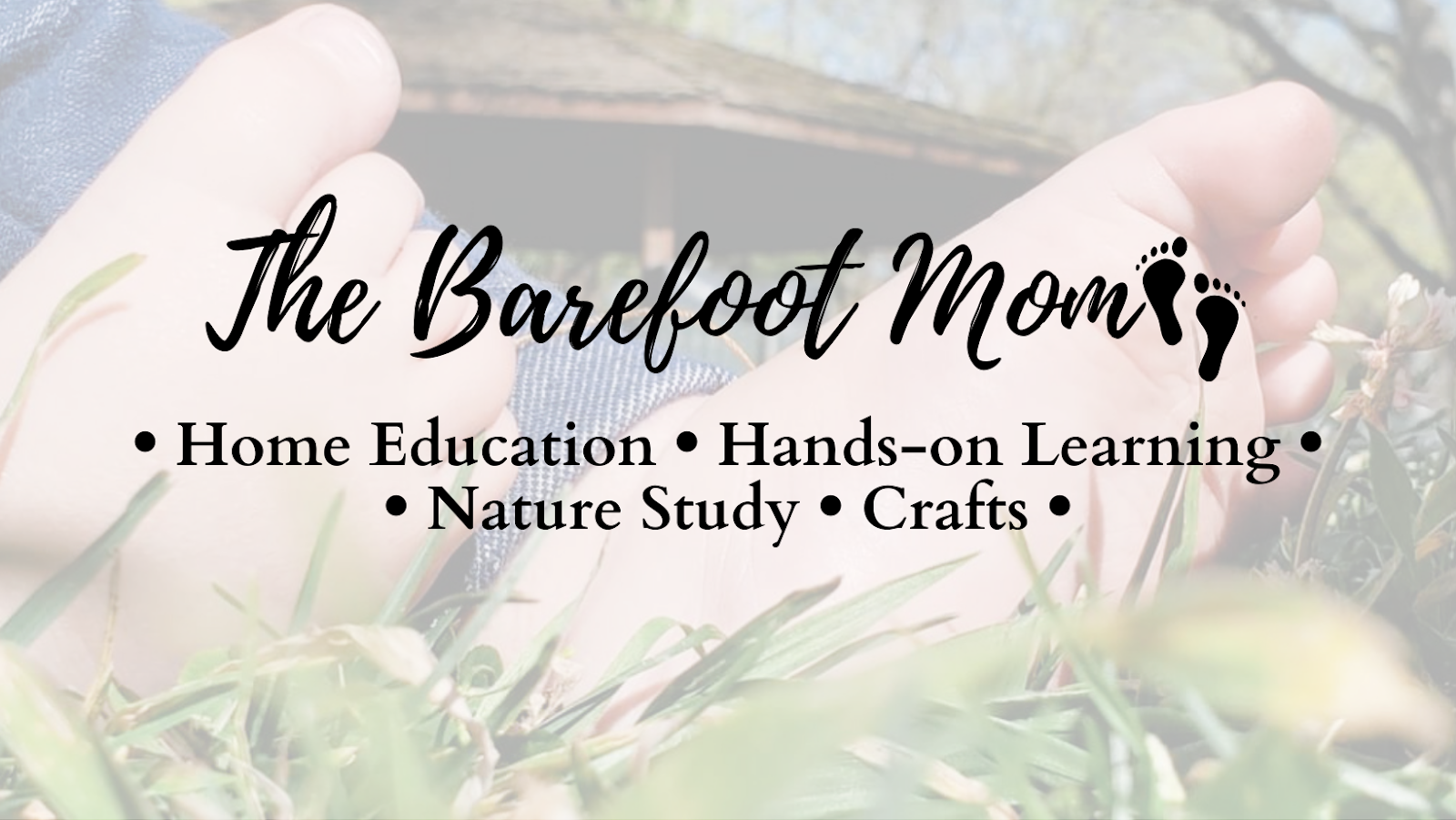New in My Store : The Ultimate Nature Study Pack Printable Mushroom Mini Study Printable Eclipse Activity Pack Printable Dandelion Mini Study Newest Blog Posts: Nature Walk Activities Free and Low-Cost Homeschool Resources Learn About Bioluminescence with Glowing Ocean Art Fibonacci Day Activities for Kids Turmeric Anthotype Prints 3 Low-Prep Paper STEM Challenges 8 Ways to Study History Without Textbooks Hands-on Math Activities for Nature Loving Kids Featured & Seasonal Posts & Printables: Fall Nature Study Activities Simple DIY Nature Themed Christmas Ornaments Educational Gift Ideas for Kids Paper Christmas Angel Craft Popular Posts & Printables: All About Birds Printable Unit Study Printable 365 Day Weather Tree 5 Reasons to Let Your Kids Go Barefoot Make Your Own Mineral Identification Kit Rock and Mineral Journal Popular Freebies Butterfly Lifecycle Coloring Sheet Layers of the Rainforest Cut and Paste Worksheet Emoji Math Puzzles Owl Digestion Diagram Follow...
